Victor Schoelcher
Museum
Every day since we’ve been here we have said “shall we go
today”, finally we did visit the museum at midday to find a sticker on the door
- closed until 14:00, so after a mooch around the town we finally got in.
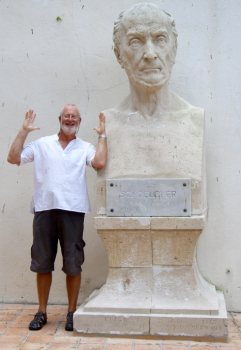
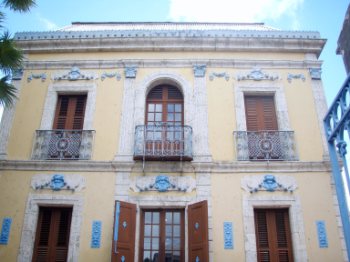

The history of the museum
starts
in London on the 30th September 1883: Victor Schoelcher, aged 79 was
living in Chelsea surrounded by his books and the objects he had brought back
from his voyages. He wrote to the President of the General Council of Guadeloupe
Guillot “I have the honour to offer to Guadeloupe a collection of sculptures
which I have been collecting little by little for many years”. It is this
collection which is on exhibit for the princely sum of 2 Euros entry,
inaugurated on the 21st of July 1887. The museum was renovated in
1998 for the commemoration of the 150th anniversary of the abolition
of slavery in the colonies.
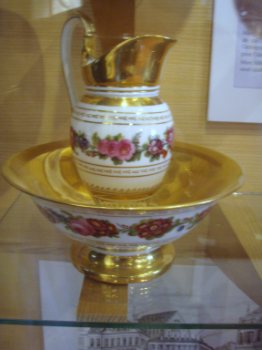

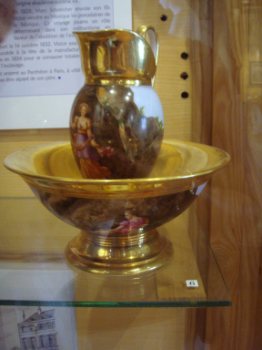
Victor Schoelcher was born in Paris on the 22nd
of July 1804
into an
Alsatian family of Fessenheim, whose trade was the manufacture of
fine porcelain. He was sent to the Americas from 1829-30 by the family's
commercial house, he visited Mexico, Cuba, and the southern United States. In
1829, he attended for the first time, the sale of prisoners and visited some of
the slave plantations. That voyage produced several studies of American slave
society which appeared in the Revue de Paris ("Letters from Mexico", "The
Blacks"). This began a long career as an abolitionist writer. A series of
articles followed between 1833 and 1847: De esclavage des noirs et de la
législation coloniale (1833), Abolition de l'ésclavage: examen critique du
préjugé contre la couleur des Africains et des sang-mêlés (1840), Des colonies
françaises: Abolition immédiate de l'esclavage (1842), Colonies étrangères et
Haïti: résultats de l'émancipation anglaise (1842-43),
Histoire de l'esclavage pendant des deux dernières années (1847).


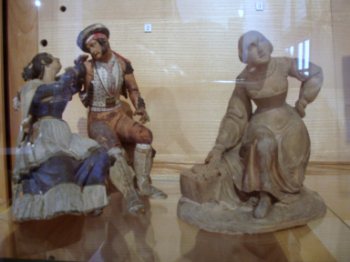
Slaves grinding the juice out of a sugar
cane. A strange but apparently fashionable thing to collect was death masks of actual "celebrities". From left to right
top, then bottom rows: Charles XII, Oliver Cromwell, Dante Allighiere (a poet),
Henri de Saint-Simon, Cardinal Mazarin, Mirabeau (a French revolutionary),
Asitelphie de Cuisine (a writer), Sir Isaac Newton, and two unnamed. Some figurines. A mixed
bag???
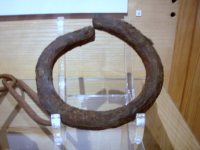
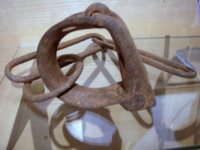
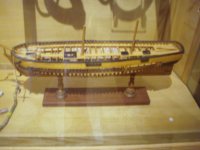
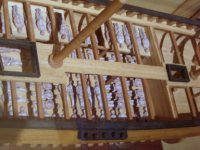

Neck chain, ankle chain, model of a slave ship,
with cut away sections showing 'slave stowage'.

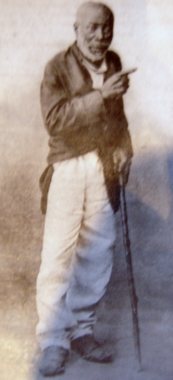
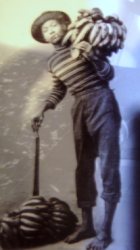
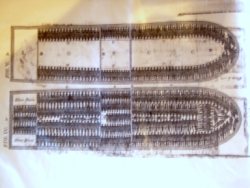
Slaves working the sugar fields, real slaves and a
diagram of a slave ship.
His writings between 1841 and 1848 focused on the advantages from the
abolition of slavery, drawn from a long comparative analysis of the results of
emancipation in the British colonies (1834-38), the often pointed and precise
denunciation of the "anti-social enormities of colonists", and the elaboration
of a project of social, economic, and political reorganization of the colonies
after the juridical suppression of the slavery system. Advocating the
rationalization of sugar production by the construction of large central
factories, establishment of credit agencies in the colonies, a movement of
concentration of land parallel with the constitution of a category of part-time
agricultural workers, Schoelcher recommend finally a recourse to immigration of
European farmers to the colonies. Engaged since his youth in the republican
movement, a free mason, member of the society "Aide-toi, le ciel t'aidera",
Schoelcher was a regular contributor to La Réforme.
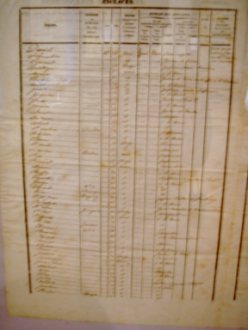
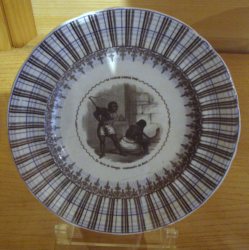
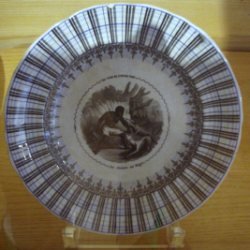

An actual page from a slave manifest, showing name, age and sex, a couple of plates representing
the plight of slaves and a bust of a female slave in
ropes.


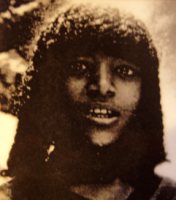
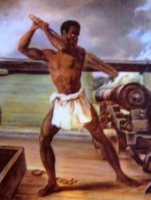

Artists impressions and old photos of real slaves. The last is of Thomas Clarkson and William Wilberforce, English
abolitionists.

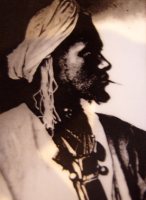

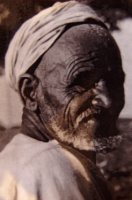

Napoleon III. Slaves
including an elderly lady called Marie-Claire and
lastly Marc Victor's dad.
The first European abolitionist to visit Haiti after
independence, he alone recognized and markedly influenced all three phases of
the abolitionist process in the French Caribbean colonies: the pre-abolitionist
period, the juridical abolition, and long post-slavery period. His actions in
1848 as under Secretary of State for colonies in the Provisional Government -
this function named by François Aragoto, his presidency of the commission for
the abolition of slavery and the preparation, under his direction of the French
decree abolishing slavery of the 27th of April 1848, which made
slaves "newly freed" and "new citizens" and gave birth to a republican political
movement in Guadeloupe and Martinique, "Schoelcherism". The "Schoelcherist"
tendency, especially strong in Guadeloupe, received a majority of votes in
legislative elections between 1848 and 1850 and after 1871. Closely tied to
local free masons, the Schoelcherist current sustained the appearance of a
republican press in the French colonies during 1849.
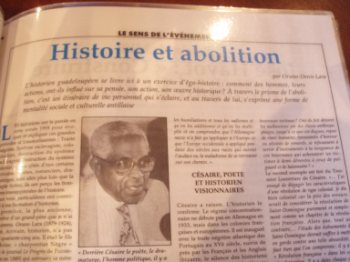


Copies of newspaper articles about
the struggle for the abolition of slavery
Schoelcher was the foremost French specialist on the Caribbean
in general and on colonial questions in the 19th century. Exceptionally well
informed by his political functions and by his membership on all the commissions
which the Ministry of Marine and Colonies formed between 1848 and 1851 and after
1871, he fashioned a network of correspondents throughout the entire Caribbean,
Great Britain, and the United States. In the National Assembly, Schoelcher sat
on the extreme left. In 1849 he wrote his electors in La Vérité aux ouvriers et
aux cultivateurs de la Martinique, "Above all one is never pardoned for being
called a 'montagnard,' a socialist. . . . (That is not) because I am one but
rather I was a socialist that they so label me." Schoelcher analyzed no less
minutely the political effervescence experienced in the French Caribbean
colonies. He published notably Le procès de Marie-Galante in 1850.
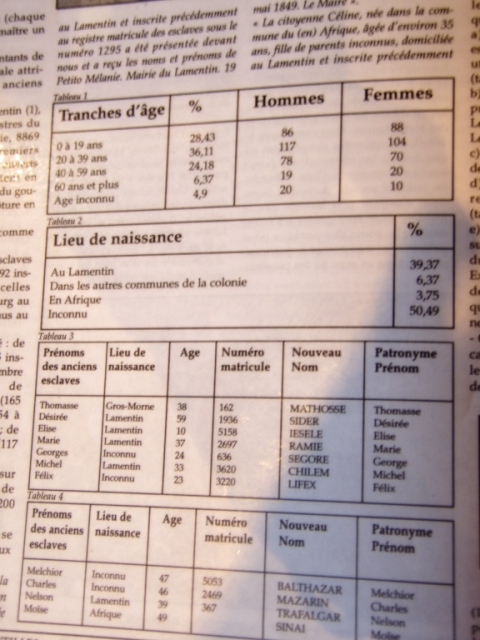
Actual statistics
Opposed to the coup d'état of Louis Napoleon Bonaparte of
December 2, 1851, Schoelcher went into exile in Belgium and London until 1870,
refusing the amnesty of 1859. This period generated a friendship with Victor
Hugo. He published a Histoire des crimes du 2 décembre in 1852, Le gouvernement
du 2 décembre in 1853, Dangers to England of the alliance with the men of the
Coup d'Etat in 1854, and a Vie de Handel in 1857. The manuscript of Massacres
dans Paris which he wrote in London only appeared in 1872 in Paris.
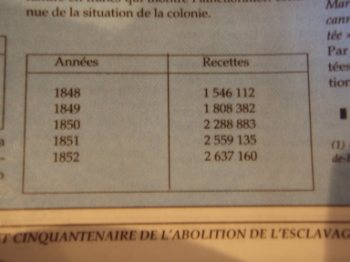
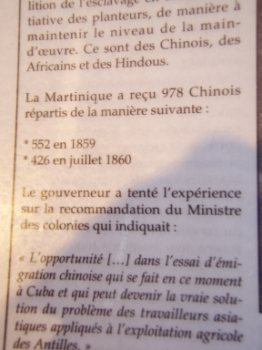

More statistics including import of flour
etc.
Schoelcher and "schloelcherism" created in 1848 a myth, the
myth of slavery, saviour of the colonial population bound in servitude, defender
of civil rights which recognized the decree of abolition of 1848. The myth of
colonial assimilation, the principle of the inheritance of 1789, European
colonists and colonial administrators have judged dangerously "revolutionary"
since that period. The carrier of profound contradictions, the myth has been
narrowly associated with the ambiguities of the French republican movement's
attitude toward colonial questions. Victor Schoelcher died in 1893 after having
written on colonial developments during two-thirds of the 19th century and
protesting against the clandestine slave trade and survivals of slavery. He
published a collection of his articles entitled Polémique coloniale in 1882-86
and a Vie de Tousaint Louverture, his last work, in 1889.

Victor died in Houilles, France on Christmas Day 1893. First
buried in the Pere Lachaise Cemetery, Schoelcher's remains were transferred on
the 20th of May 1949 to the Pantheon. At the same time, Felix
Eboue's ashes were also transferred (the first black
Governor General mentioned in the Pointe-a-Pitre-Pitre blog). In homage to his
fight against slavery, the commune of Case-Navire (Martinique) took the name of Schoelcher on 1888. The commune of Fessenheim
have made his family's house into the Victor Schoelcher
museum.



ALL IN ALL a good man who not only fought
against slavery but offered alternatives so productivity was
maintained.











































